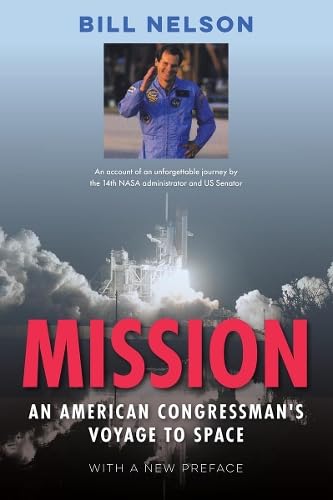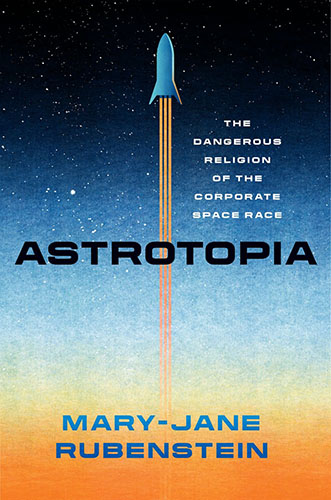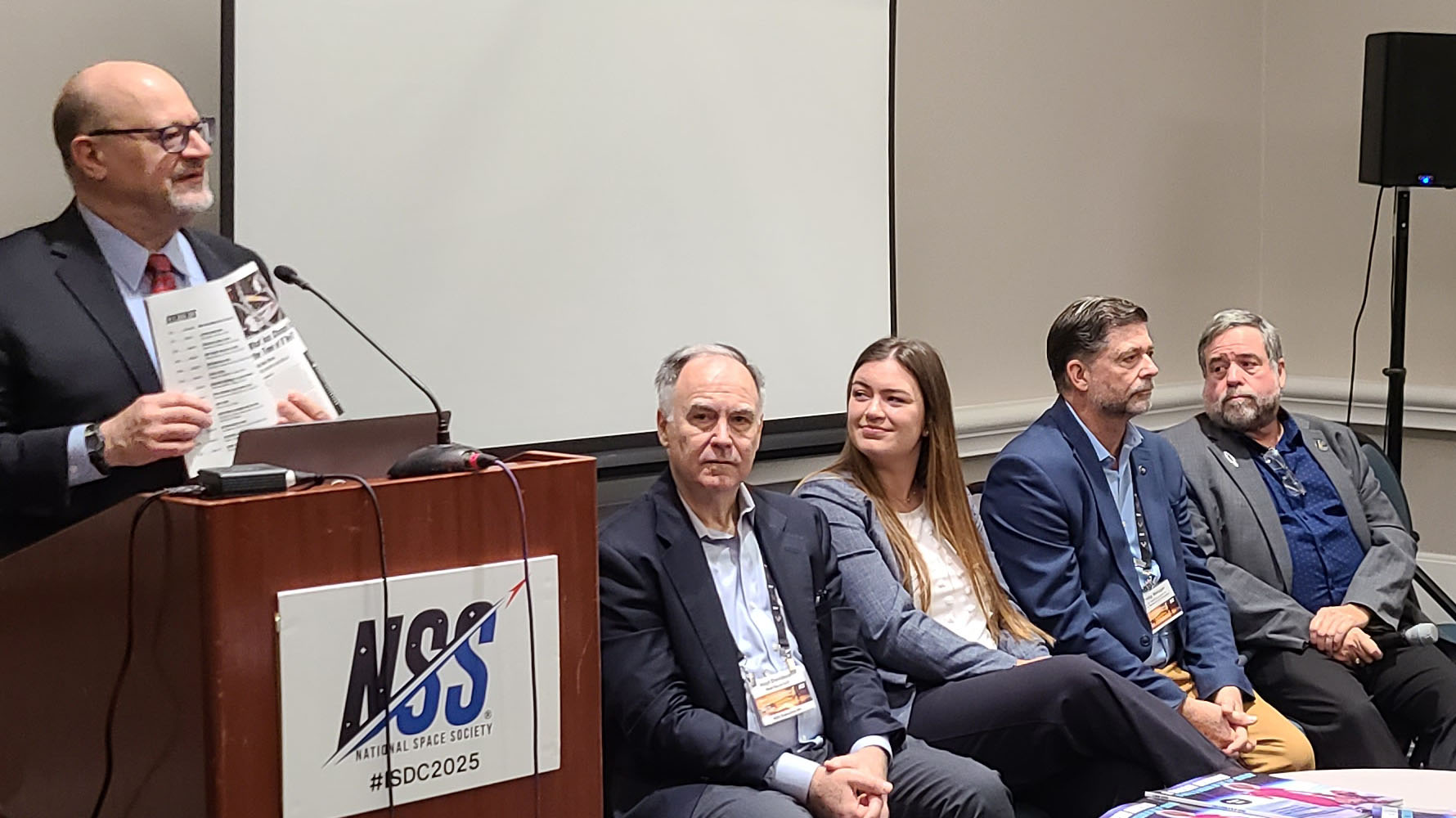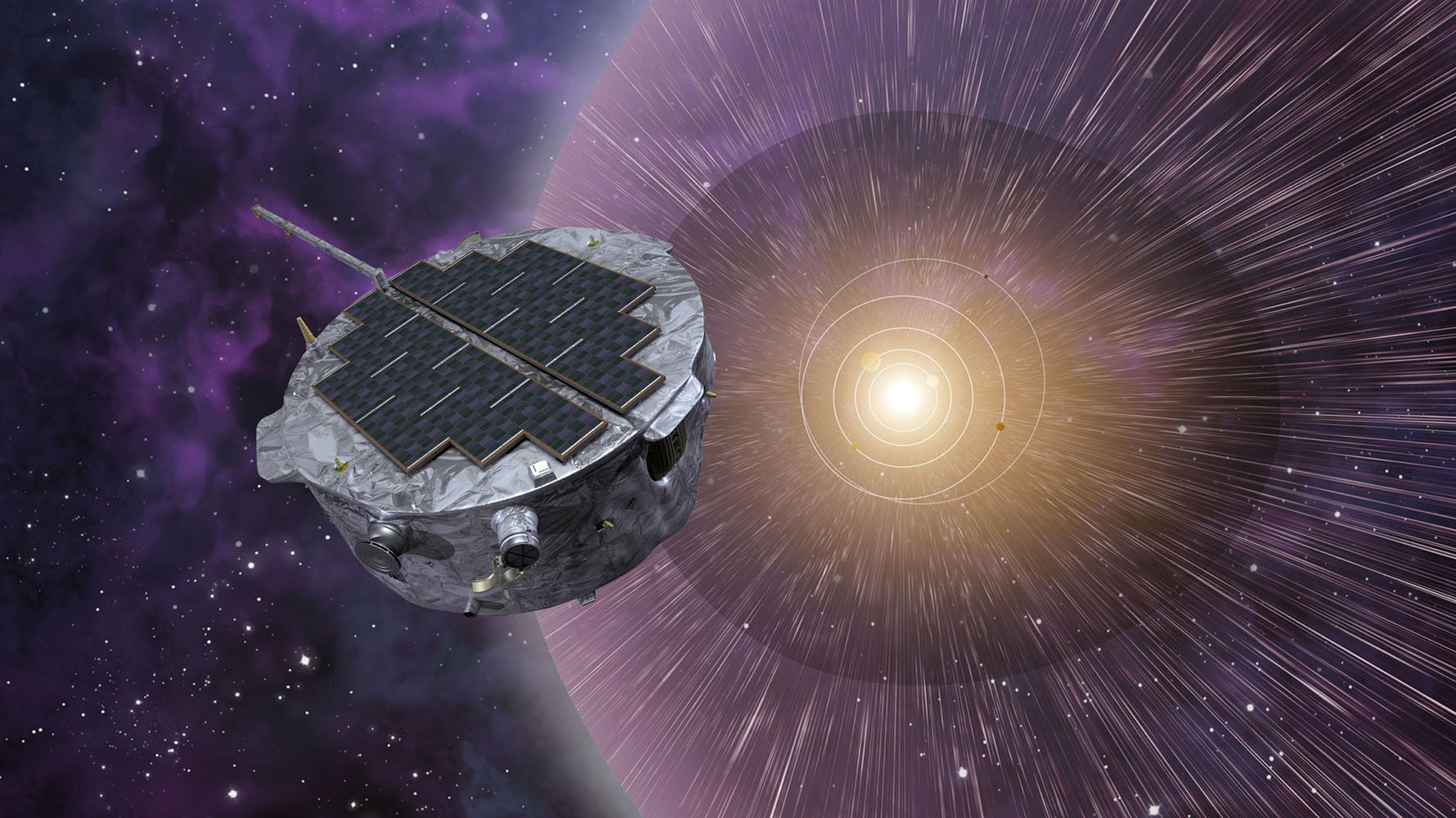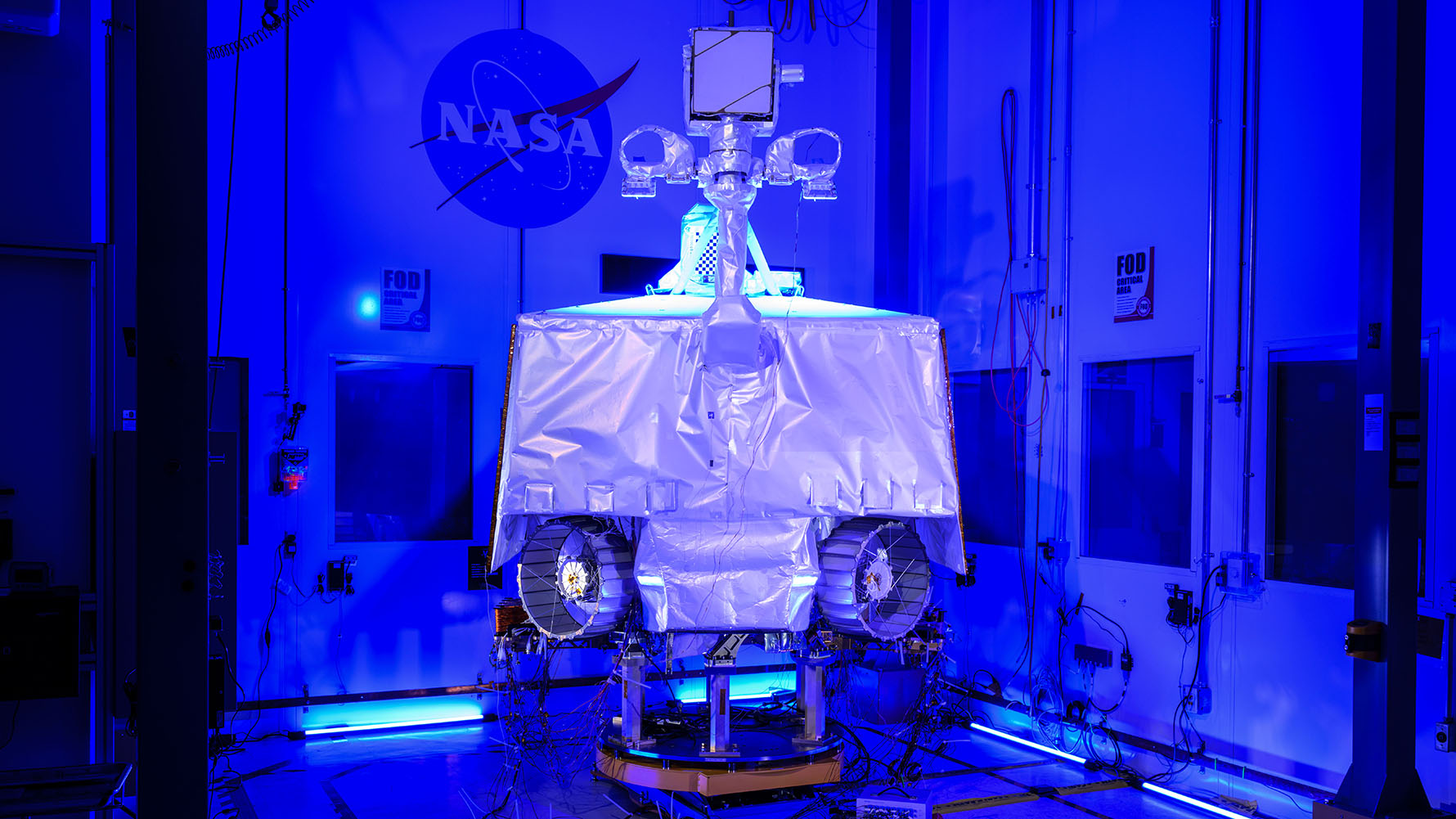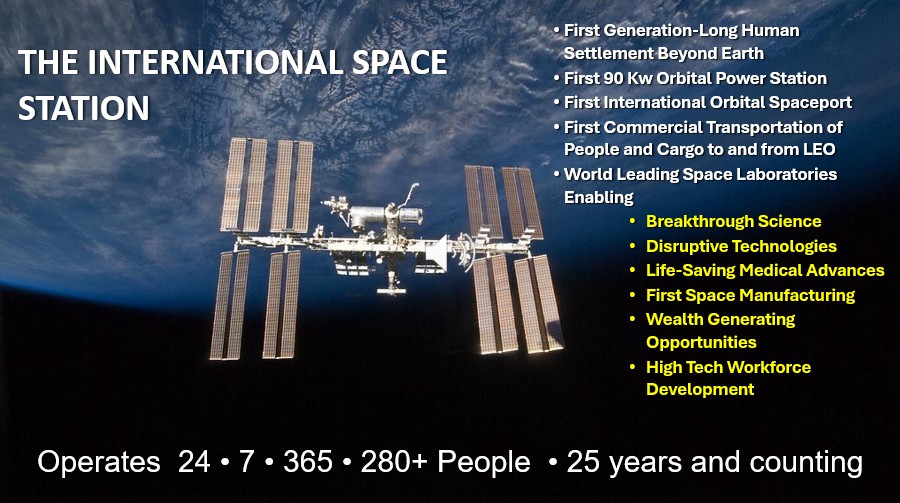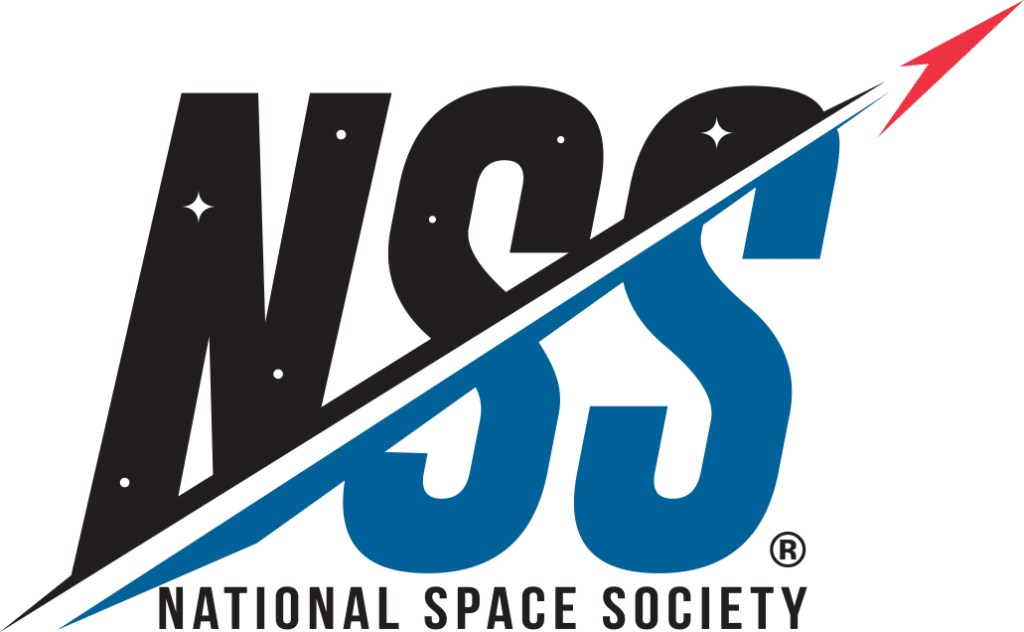New in the NSS Space Settlement Journal is the article Electrical Requirements for a Spectrum of Multi-Stage Space Farms by Bryce L. Meyer.
Abstract
Future long-term space missions and settlements will be energy intensive and will need both biological and mechanical means to recycle carbon dioxide, water, and wastes to oxygen, clean water, and a variety of foods. Missions imply a transient nature, but settlements require a more permanent mindset. Settlements here imply permanent or nearly permanent occupancy. Previous work has shown that space farms, using a diversity of species and stage types including hydroponic, aquatic, photobioreactors, and yeast-bacteria bioreactors, can both recycle air and water, and produce a variety of foods to support a settlement. This work calculated mass flows, stage and species living masses, initial supplies, and volumes for four increasingly complex scenarios to support a 100-person settlement, with a variety of farm species. The most diverse space farm scenario produces enough to feed 61 people per hectare, roughly equivalent to the best production for rice and soybeans in fields on Earth (see Appendix A). However, we need to know energy in addition to mass and volume. Energy demand determines lift mass for solar panels or reactors. Energy demand, particularly electrical power, can be estimated using data for existing industrial equipment used to pump liquids and circulate gases on Earth. Similarly, currently available light sources can be used to predict lighting requirements, both photosynthetic and environmental, for the biomass produced by each species. These estimates, combined with energy for circulation and thermal control, give worst case total energy needs related directly to masses and sizes of biomass for each stage in the farm. This paper will use industrial data to tie energy to mass flow, volume, and footprint, to calculate electrical requirements for each stage in each of four scenarios in a one hundred person evolving space settlement, with attendant solar panel area to supply power. Results show that fluid movement drives energy consumption for most scenarios, with worst case total power needs ranging from 11kW per person for very early settlements to 672 kW per person for well-developed food factory farms, and that solar panel areas will be multiples of farm footprint (see Table 43).


